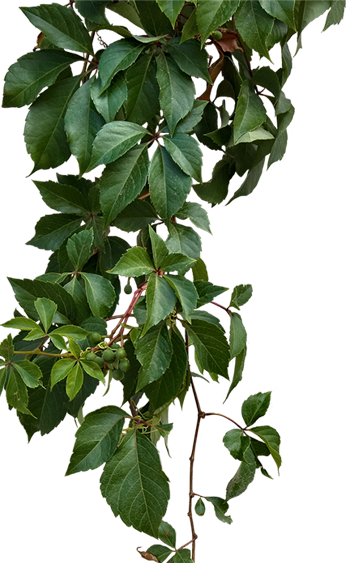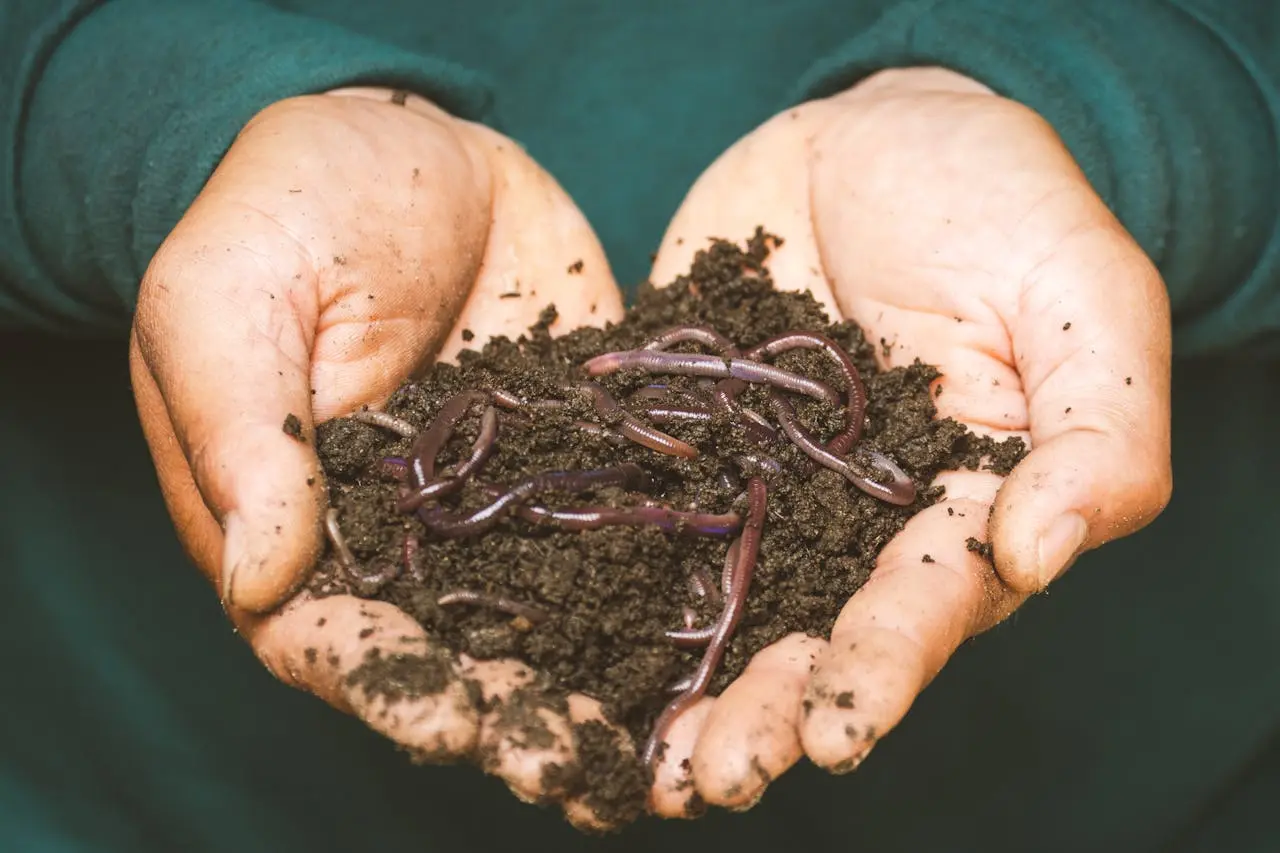In this blog post, we’ll cover:
ToggleIntroduction
The sweet scent of freshly mown grass is something many homeowners adore. However, post the mowing delight, one is often left wondering about the right ways to handle the heaps of old grass clippings. These clippings, often seen as a chore to dispose of, are indeed a treasure trove for gardeners and eco-conscious homeowners. In this comprehensive guide, we will traverse through ten ingenious ways to reuse and recycle old grass clippings, turning them into a valuable resource for your garden and community.

1. Mulching Magic
Mulching is a garden’s best friend, and using grass clippings for this purpose is like hitting an eco-friendly jackpot. Mulch retains soil moisture, suppresses weeds, and improves soil quality. Here’s how you can use your grass clippings as mulch:
- Preparation: Ensure the grass clippings are dry and free from any lawn disease or harmful chemicals.
- Application: Spread a thin layer of clippings around your plants, keeping it a few inches away from the stems to prevent rot and pests.
- Nutrient Boost: As the clippings decompose, they release essential nutrients like nitrogen, phosphorus, and potassium back into the soil, promoting a healthy garden ecosystem.
Nutrient Content of Grass Clippings Compared to Commercial Fertilizers
| Nutrient | Grass Clippings (%) | Commercial Fertilizers (%) |
|---|---|---|
| Nitrogen (N) | 4.0 | 10 – 30 |
| Phosphorus (P) | 0.5 | 10 – 30 |
| Potassium (K) | 2.0 | 10 – 20 |
2. Fertilizer Fundamentals
Your lawn’s clippings are a natural, cost-effective fertilizer that provides the essential nutrients your garden craves. Here’s how to turn them into a fertilizer goldmine:
- Nutrient Analysis: Grass clippings are rich in nitrogen, phosphorus, and potassium, the holy trinity of plant nutrition.
- Application: Spread the clippings evenly across your lawn or garden beds. Over time, as they decompose, they’ll feed your plants with the nutrients they need to thrive.
- Cost-Savings: Utilizing grass clippings as a natural fertilizer not only nourishes your garden but also saves you money on store-bought fertilizers.
3. Composting Corner
Composting is a fantastic way to recycle organic waste, and grass clippings are a prime candidate for this process. They not only help in creating rich compost but also accelerate the composting process due to their nitrogen content. Here’s how to turn your old grass clippings into compost gold:
- Preparation: Collect your grass clippings and ensure they are free from any chemicals or diseases.
- Composting: Mix grass clippings with other compost materials like leaves, vegetable scraps, and paper in a compost bin or pile.
- Turning: Regular turning will help aerate the compost pile, speeding up the decomposition process and preventing any foul odors.
4. Local Farming Aid
Donating grass clippings to local farmers can be a great way to contribute to the local agricultural community. Farmers can use these clippings as compost material or mulch, aiding in soil improvement and water retention. Here’s how you can contribute:
- Collection: Gather your grass clippings in bags or containers.
- Contact Local Farmers: Reach out to local farmers and offer them your grass clippings.
- Delivery: Arrange a convenient time for delivery or pick-up.
5. Gardeners’ Giveaway
Local gardening businesses or community gardens often welcome donations of organic materials. Grass clippings can be a valuable contribution to their composting or mulching efforts. Here’s how to proceed:
- Collection: Similar to the process for local farmers, collect your grass clippings.
- Contact Gardening Businesses: Reach out to local gardening businesses or community gardens.
- Delivery: Deliver the grass clippings or arrange for pick-up.
6. Curbside Collection
Many municipalities offer curbside collection services for yard waste, including grass clippings. This is a hassle-free way to dispose of your grass clippings while ensuring they are used beneficially within your community.
- Bagging: Bag your grass clippings in the appropriate yard waste bags.
- Scheduling: Check the schedule for curbside yard waste collection in your area.
- Placement: Place the bags at the curb on the specified days.
7. Disposal Site Drop
If curbside collection is not an option or you prefer a different method, local disposal sites can be an alternative. These sites often have dedicated areas for organic waste, ensuring your grass clippings are put to good use. Here’s how to do it:
- Locate a Disposal Site: Find a local disposal site that accepts yard waste.
- Bagging: Bag your grass clippings and transport them to the disposal site.
- Drop-off: Drop off your grass clippings at the designated organic waste area.
8. Recycle at Home
Recycling grass clippings at home can be a rewarding endeavor. It not only helps in reducing waste but also provides valuable nutrients to your garden. Here’s how you can recycle your grass clippings at home:
- Spread on Lawn: Spread the clippings evenly on your lawn; they will decompose and provide nutrients to the soil.
- Avoid Clumps: Ensure that the clippings are spread thinly to prevent clumps which can suffocate the grass beneath.
- Check for Disease: Before spreading, ensure that your grass clippings are disease-free to prevent spreading any lawn diseases.
9. Mulch Magic
Grass clippings can be used as a fantastic mulching material. They help retain soil moisture, suppress weeds, and provide nutrients to the soil as they decompose. Here’s how:
- Preparation: As with other methods, ensure your grass clippings are dry and free from disease or chemicals.
- Spread Thinly: Spread a thin layer of grass clippings around plants, avoiding direct contact with plant stems to prevent rot and pests.
- Water Well: Water the area well to help the grass clippings settle and start the decomposition process.
10. Friends and Neighbors
Sharing grass clippings with friends and neighbors can be a great way to foster community and promote sustainable gardening practices. Here’s how to share the green wealth:
- Offer Clippings: Offer your grass clippings to friends, neighbors, or community gardens.
- Bag or Container: Collect the clippings in bags or containers for easy transport.
- Delivery or Pickup: Arrange for delivery or pickup, whatever is convenient for both parties.
Conclusion
Exploring the multifaceted uses of old grass clippings unveils a world of eco-friendly and cost-effective solutions for gardeners and homeowners. By recycling or repurposing grass clippings, not only do you contribute to a greener environment, but you also nurture a community spirit of sharing and sustainability. Whether it’s enriching your soil, aiding local farmers, or sharing with neighbors, the humble grass clipping is indeed a green gold worth cherishing. If you’d like some expert DFW lawn care professionals to come help care for you lawn, give us a call at (214) 885-3818.







